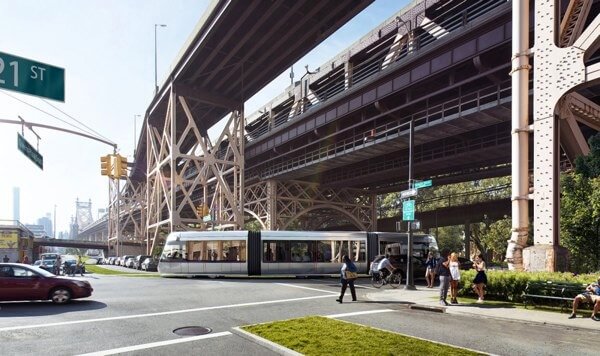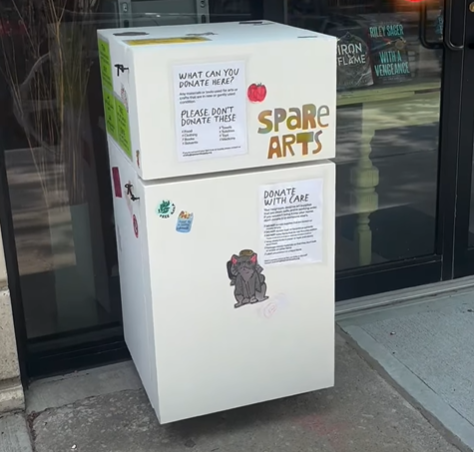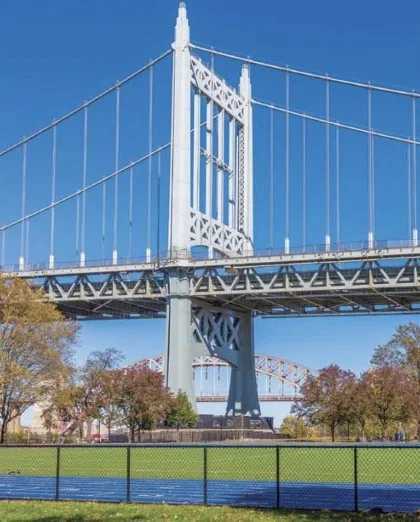The nonprofit organization that has been advocating for a streetcar system along the Queens and Brooklyn waterfront since 2014 made a change in leadership just as the city launches a wide-ranging community engagement process.
The Friends of the Brooklyn Queens Connector recently named Brooklyn resident Christopher Torres as its new executive director to replace Jessica Schumer, who left at the end of the year to pursue a new opportunity.
“Jessica had a tremendous run with Friends of the BQX and we thank her for outstanding work over the past three years,” a Friends of the BQX spokesperson said. “With its environmental review in full swing and a public review process ahead, we’re glad to have Chris at the helm as we head into a big year for the BQX.”
Torres was an organizer for the Working Families Party, where he helped lead campaigns in Arizona, Wisconsin, and, most recently, for Public Advocate Jumaane Williams. Torres also worked with Make the Road New York Action Fund as its director of field operations, where he spent five years working to build electoral power in immigrant communities through grassroots and community driven campaigns in New York and Pennsylvania. He views public transportation as a social justice issue.
“It makes all the difference in getting your mother to her doctor’s appointment on time, getting your children to school, or in some cases keeping your job,” Torres wrote Monday to board members. “This belief must be the foundation of our work if we are going to change the landscape of NYC and build a robust transit system for all New Yorkers.”
The controversial proposal for the $2.7 billion state-of-the-art light rail system, which would run along an 11-mile corridor from Astoria to Red Hook, Brooklyn, would provide a crucial north-south transit option for the 400,000 people who live along the corridor and the 300,000 who work along the fastest-growing business corridors in the city. The city’s Economic Development Corporation has launched an extensive community engagement process that will include presentations to community boards and public workshops that will focus on community priorities, suggestions and concerns.
“There are myriad reasons why we want to see the BQX happen. For me, one stands out more than most: implementing quality public transit access for those who have been historically neglected by city planners,” Torres wrote. “From Astoria, Queens, to Red Hook, Brooklyn, no one feels the sting of walking more than a half mile on a rainy day to a delayed subway or bus more than the folks who live in public housing along the route. This year we will work to broaden and strengthen our support in NYCHA with the help of the resident association presidents who share our vision.”

While the main focus of Friends of the BQX is building the light rail system, Torres also wants the organization to care about “getting congestion pricing right, building better bike infrastructure, and creating a more sustainable and eco-friendly NYC by moving away from cars.”
Paul Steely White, who was the executive director at Transportation Alternatives for 15 years and sits on the board of Friends of the BQX, said he was energized by Torres’ letter.
“Christopher has a compelling vision of what the BQX can mean and that having more transit options is the name of the game,” he said. “There is a renaissance happening in New York City with transportation moving away from the traditional car culture. Christopher has an amazing background as a community organizer and he’s bringing that mind set to this process at a crucial time.”
As the BQX project enters the community engagement process, and then the city’s land use review process, Torres plans to “activate the board” to engage opponents of the project who claim it is a developers boondoggle that will erase 2,000 parking spaces along the corridor.
“The board is diverse and uniquely equipped to help us shift elected officials and other community stakeholders to supporters of this ambitious project to bring light rail to NYC,” Torres concluded. “And as we prepare for what will most likely be a contentious ULURP, activating our board is crucial.”






































